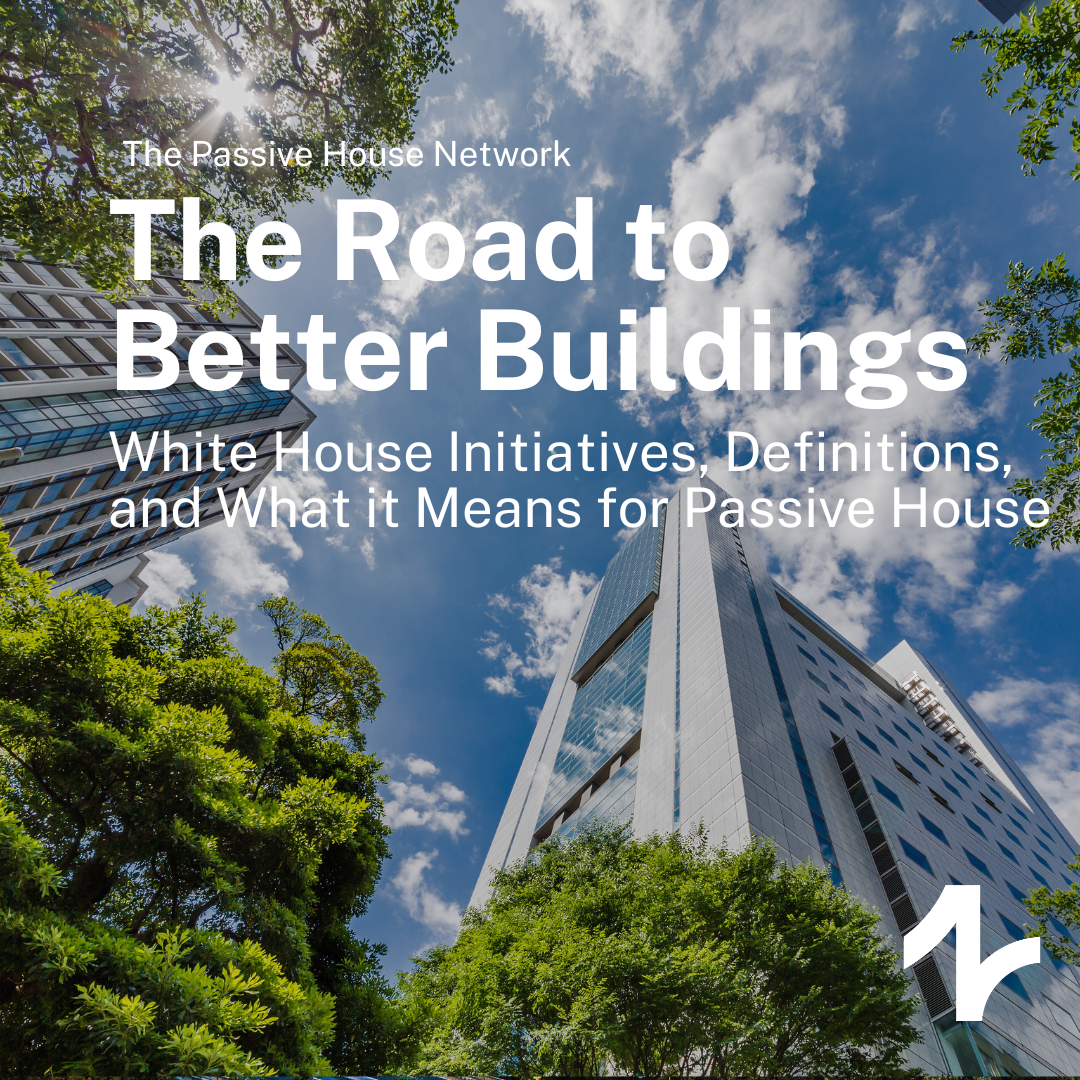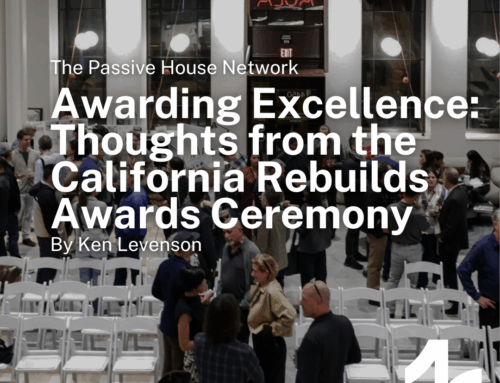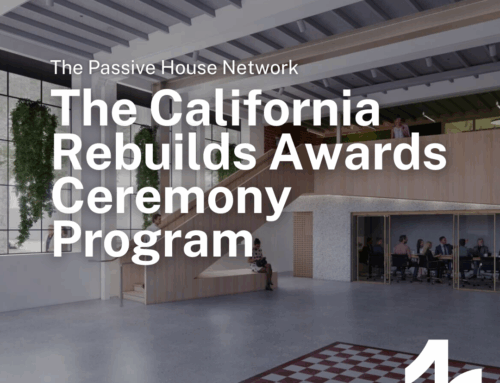The Road to Better Buildings:
White House Initiatives, Definitions,
and What it Means for Passive House
When it comes to changing our building codes to reflect the Passive House standards we all know, love, and need, we’ve been focusing on state and municipal jurisdictions. Our recent Safe at Home and Policies We Want reports have shown ways that we’ve gained ground at the local level and demonstrates promising strategies we can take to gain momentum.
Now, with the recent White House initiative to define Zero Emission Buildings, Passive House is seeing movement at the federal level—and isn’t that the goal?
Zero Emission Buildings—Defined!
Heather Clark, the Director of Buildings Emissions at the White House, defined the new standard, highlighting three major criteria at the opening plenary of the NESEA BENYC conference recently. Going forward, all zero emission buildings will be verified to be:
- Highly energy efficient,
- Free of on-site emissions from energy use, and
- Powered solely from clean energy sources (directly or through market mechanisms)
Passive House anyone? The power of this definition is that it makes Passive House the most logical building sector solution to our climate crisis. Passive House standards have been proven to deliver reliable high-performance buildings, and they do this by keeping efficiency at the center of the design while driving electrification in support of the energy transition.
While our transition to a clean energy grid will take time, our buildings don’t have to wait. “Efficiency now” is more than just a saying. It’s an actionable plan that will make a massive difference in building emissions now and in the future.
“A standard zero emissions definition is a game-changer for organizations looking to make a positive impact on the environment,” said Timothy Lock, management partner at OPAL Architecture, who is also part of a team providing support and guidance to the White House Climate Policy Office as they set the new standard for Zero Emissions Buildings, as reported by Mainebiz. “This provides a clear and achievable path toward fully decarbonized operations, bringing emissions reduction to the forefront of the conversation in the building and design sectors.”
We look forward to hearing more and working with the White House to make the most robust and actionable pathway to zero emission buildings possible.

The Buildings Upgrade Prize & The Affordable Home Energy Shot
The Passive House push isn’t stopping there. With two more initiatives, the Feds are showing that they, like us, are fixating on renovations, retrofits and existing building upgrades of all kinds, aiming to decarbonize our existing building stock and make comfortable, efficient, resilient housing more accessible.
The first initiative, known as The Buildings Upgrade Prize, is already well underway, providing more than $22 million in cash prizes and technical assistance to support the transformation of existing U.S. buildings into more energy-efficient and clean energy-ready homes, commercial spaces, and communities. The Phase 1 Winners have just been announced and include our good friends at passivhausMAINE. They’ll use their $400,000 grant to establish local training centers that will facilitate 100 high-performance residential retrofits in low-income homes in Freeport and Lewiston by 2028, a critical step that addresses the historic underproduction of homes in the state. Congratulations passivhausMAINE!
A second program, The Affordable Home Energy Shot, aims to reduce the cost of decarbonizing affordable homes by at least 50% and decrease residents’ energy costs by at least 20% within the next ten years. The initiative will enable the Department of Energy to “focus the Department’s research and development efforts on the most promising next-generation materials and technologies to make energy efficient home upgrades accessible to all,” said U.S. Secretary of Energy Jennifer M. Granholm. Sounds like a great place for EnerPHit and OutPHit initiatives to step in!
Historic Skyscraper Retrofit Symposium
Speaking of retrofits, we hope you’ll join us on November 2nd for our online Symposium, Restoring the Past, Protecting the Future: Decarbonizing Historic Skyscrapers. Hear from Cecil Scheib from New York University, Cheryl Saldanha from Simpson Gumperttz and Heger, Dylan Martello from Steven Winter Associates, Jeffrey Rios from AKF Group, and Michael Syracuse from FXCollaborative to discuss the challenges encountered during NYU’s student housing retrofit design phase and the creative solutions developed by the project team to achieve EnerPHit pre-certification. The event is free and will be held on Zoom. You can register here.






